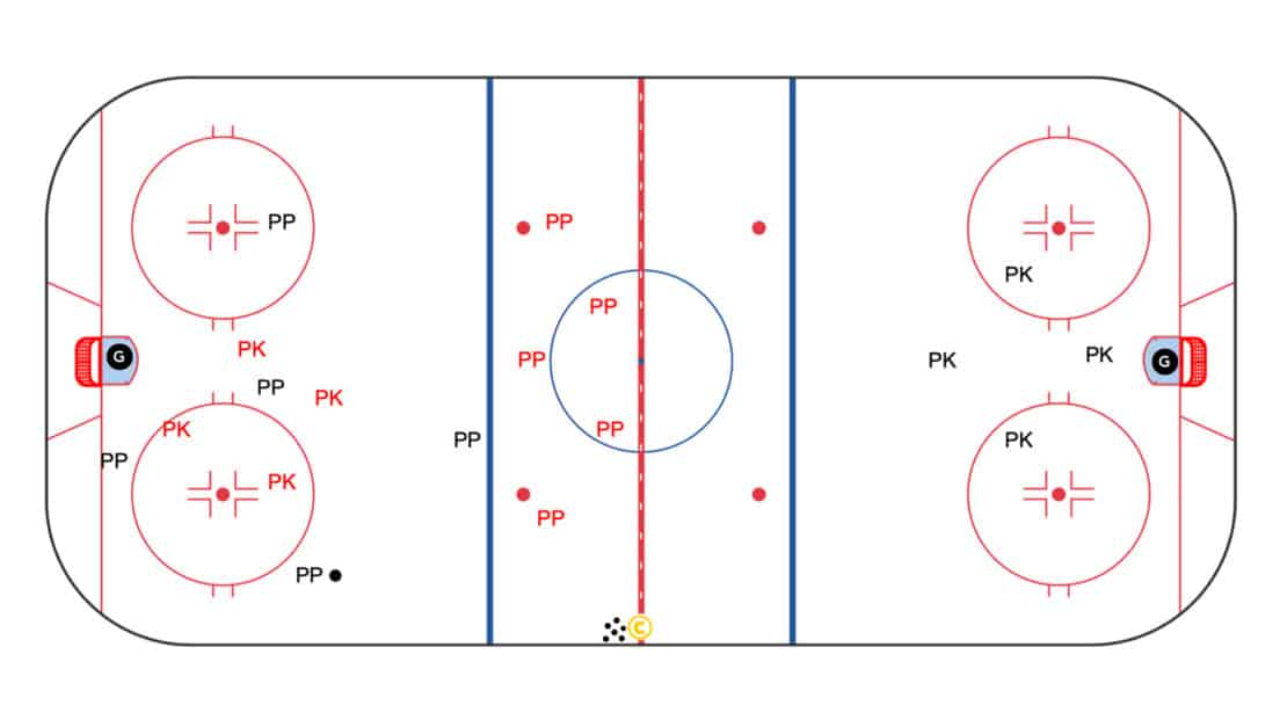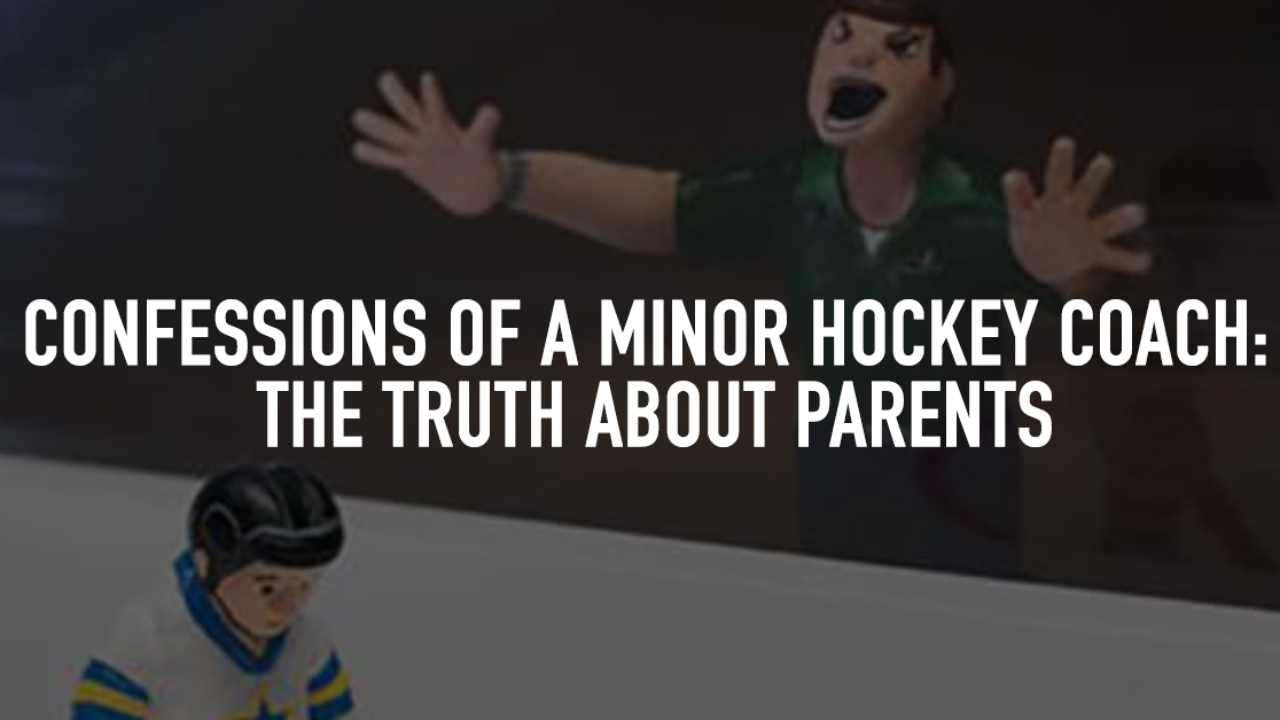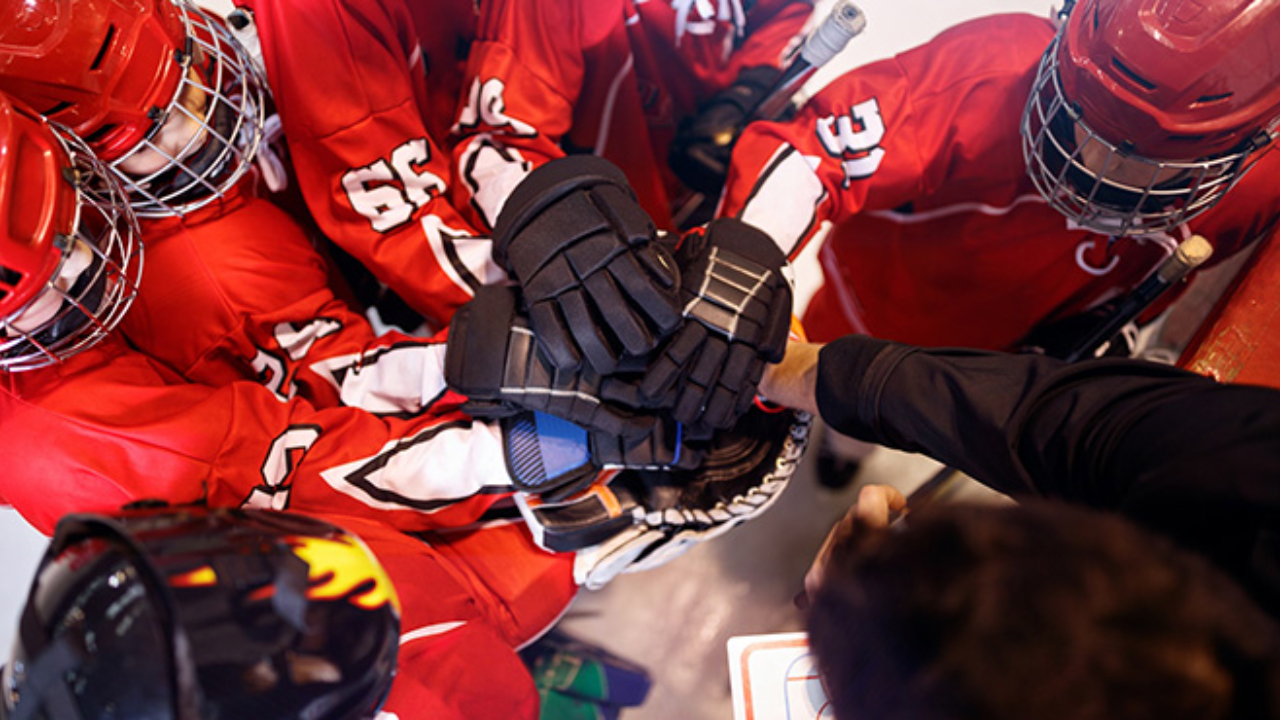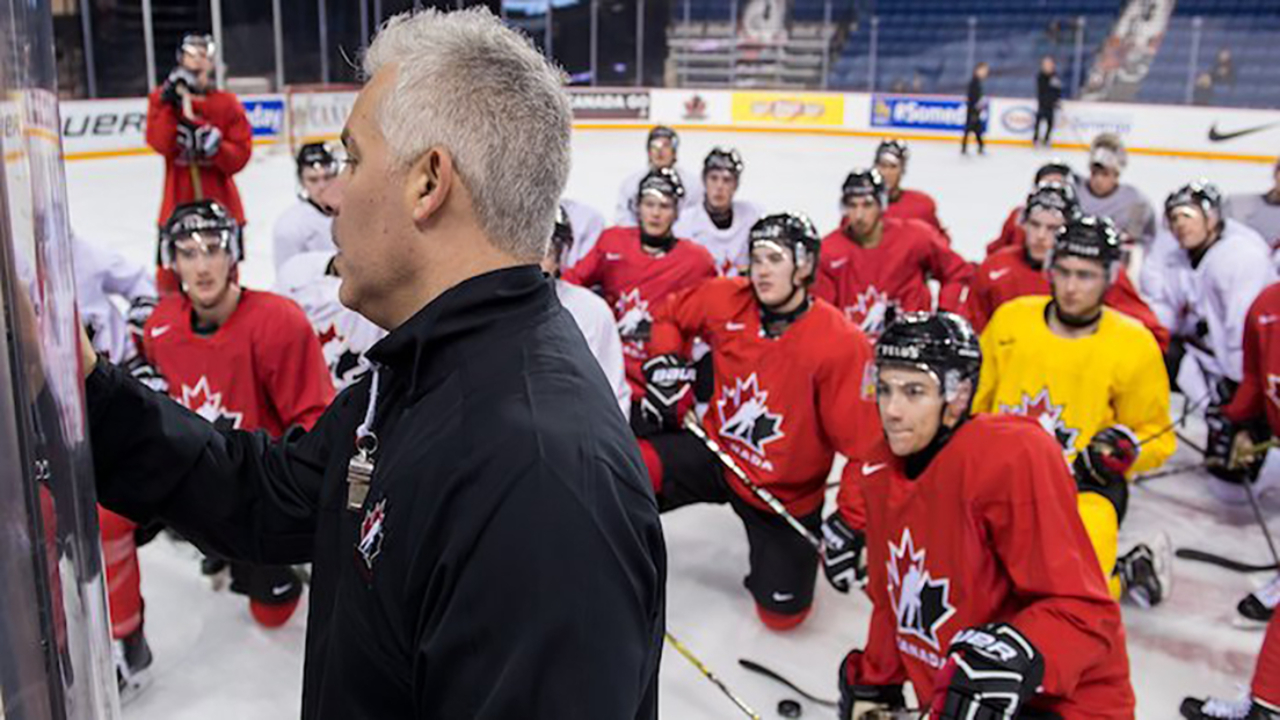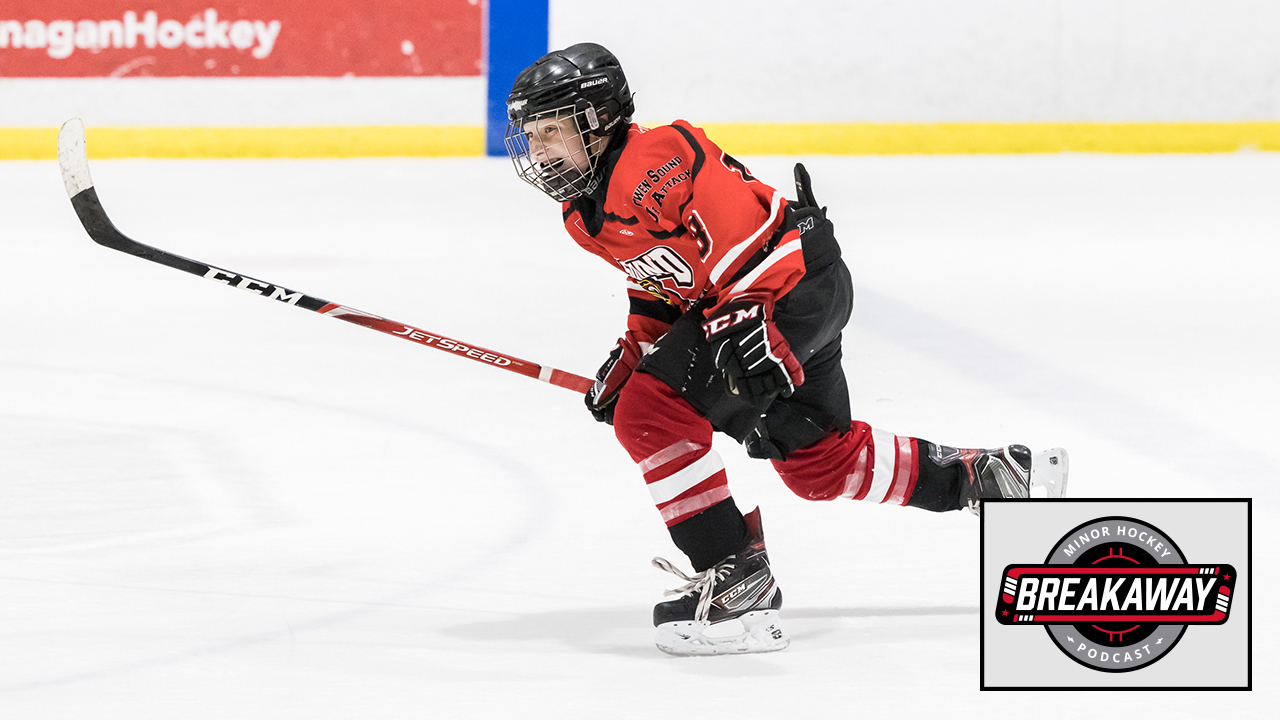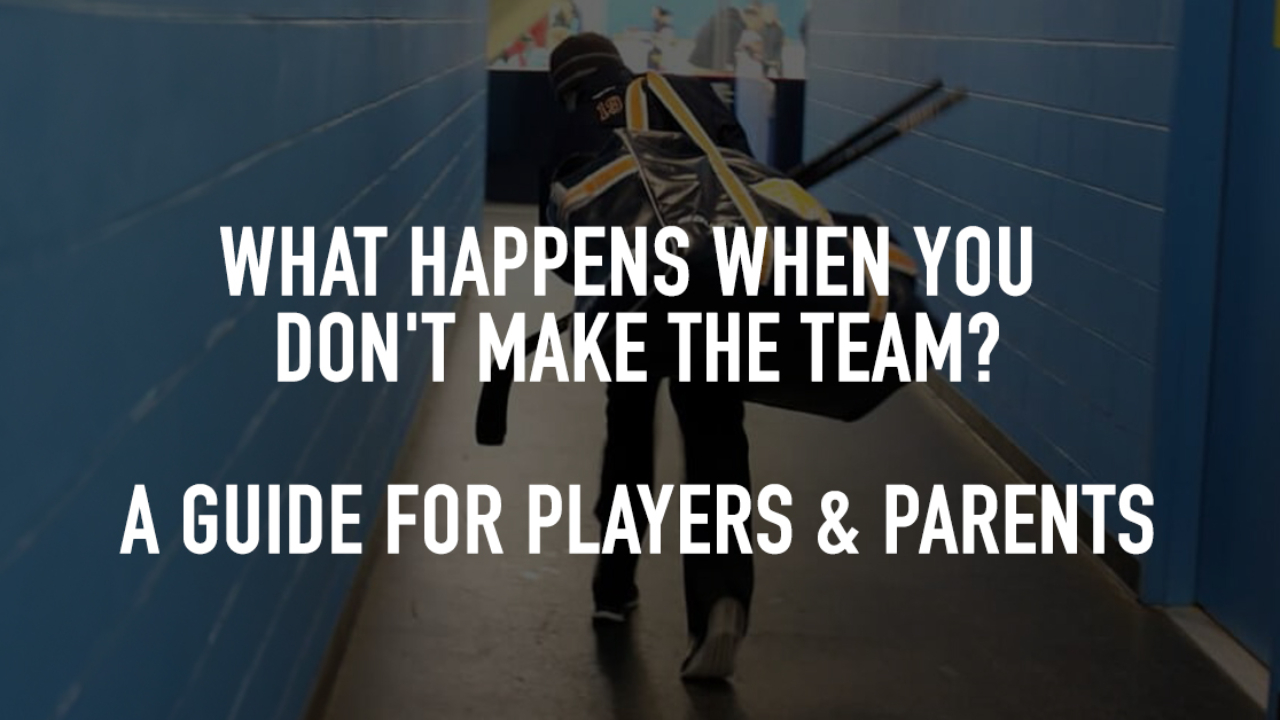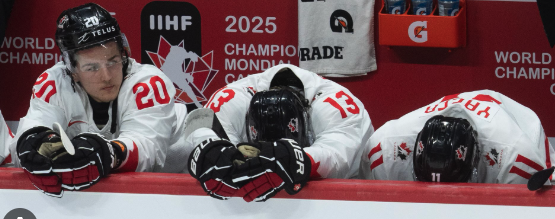
Seneca once said, “Excellence withers without an adversary.” In the world of minor hockey, this lesson is often forgotten. Many parents believe that getting their child on a stacked, undefeated team is the best path to success. But when the scoreboard is always lopsided, and games regularly turn to running time, the opportunities for real growth and character development disappear.
The Problem with Stacked Teams
Stacked teams, brimming with top talent, may seem like a dream scenario. Winning is fun, after all. Parents often think that constant victories will build their child's confidence and provide exposure for future opportunities. But the reality is that these teams can stunt growth — both as players and individuals.
On a star-studded roster, ice time is limited. Coaches often lean on their top scorers and most reliable players. Development takes a backseat when the priority is maintaining an undefeated record. For players lower on the depth chart, it means fewer opportunities to gain experience in critical situations.
Additionally, when teams dominate their opponents, competition becomes meaningless. When every game is a blowout, the challenge disappears. Players stop learning how to battle, strategize, and respond under pressure. And when running time kicks in, cutting down playtime even further, it diminishes the very purpose of participating in the sport.
The Value of Adversity
Losing is uncomfortable, but it is also invaluable. Struggling through tough games, facing stronger opponents, and making mistakes are all essential to growth. On a more balanced team, players experience the highs of victory and the lessons of defeat. They learn resilience, perseverance, and how to handle frustration.
These lessons extend far beyond the rink. Hockey is not just about goals and assists; it’s about building character. Players who face adversity become stronger competitors and more capable individuals. They develop the mental toughness to deal with setbacks, both in sports and in life.
More Ice Time, More Development
On a team where every player has a meaningful role, ice time is more evenly distributed. Players have the chance to practice their skills in real-game scenarios, not just during drills at practice. They gain confidence by contributing to their team’s efforts, whether it's on the power play, penalty kill, or during the final minutes of a tight game.
When players are consistently challenged, they sharpen their hockey sense, decision-making, and physical abilities. They learn from their mistakes and grow into well-rounded athletes. This kind of development simply doesn’t happen when a team is cruising to an easy win every game.
Choosing the Right Path
Parents should carefully consider what’s best for their child’s development, not just the allure of a winning record. Opting for a competitive but balanced team often provides a better environment for growth. Players receive more ice time, more responsibility, and more chances to learn from their experiences.
Instead of fearing the sting of a loss, embrace it as an opportunity. Encourage your child to see challenges as chances to improve. Celebrate their effort and progress, not just the scoreboard. In the long run, a player who has learned to lose, adapt, and persist will have a stronger foundation for success — in hockey and beyond.
Because as Seneca reminds us, true excellence thrives only when it has an adversary to overcome.
Looking to build grit and resilience s part fo your character?
DM me for a strategy call to see if you qualify for my program.
Remember Victory Starts In The Mind

